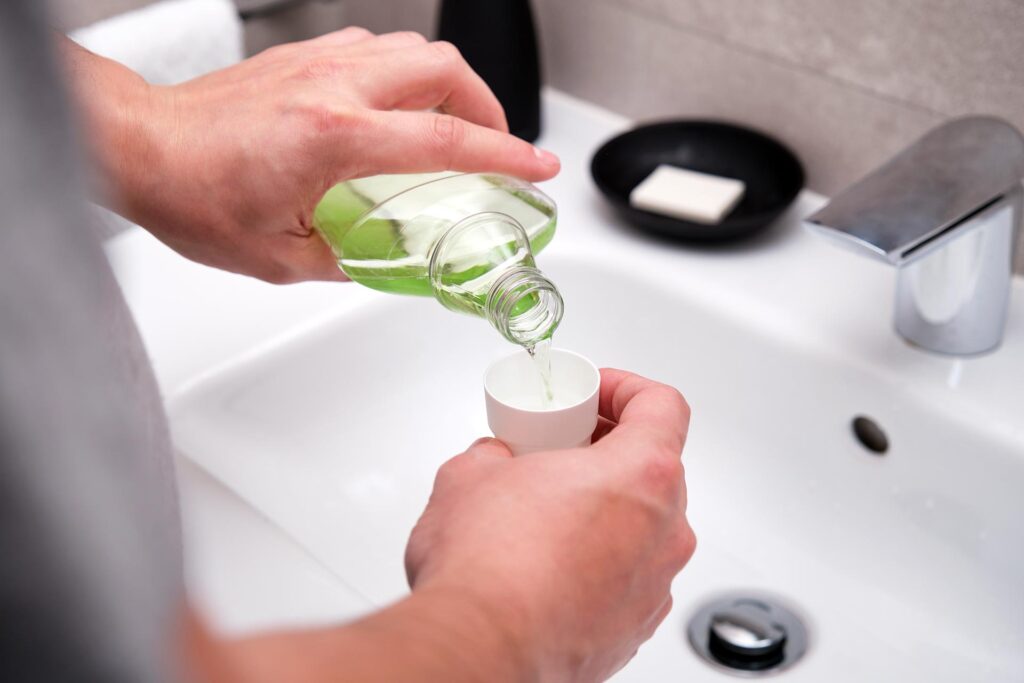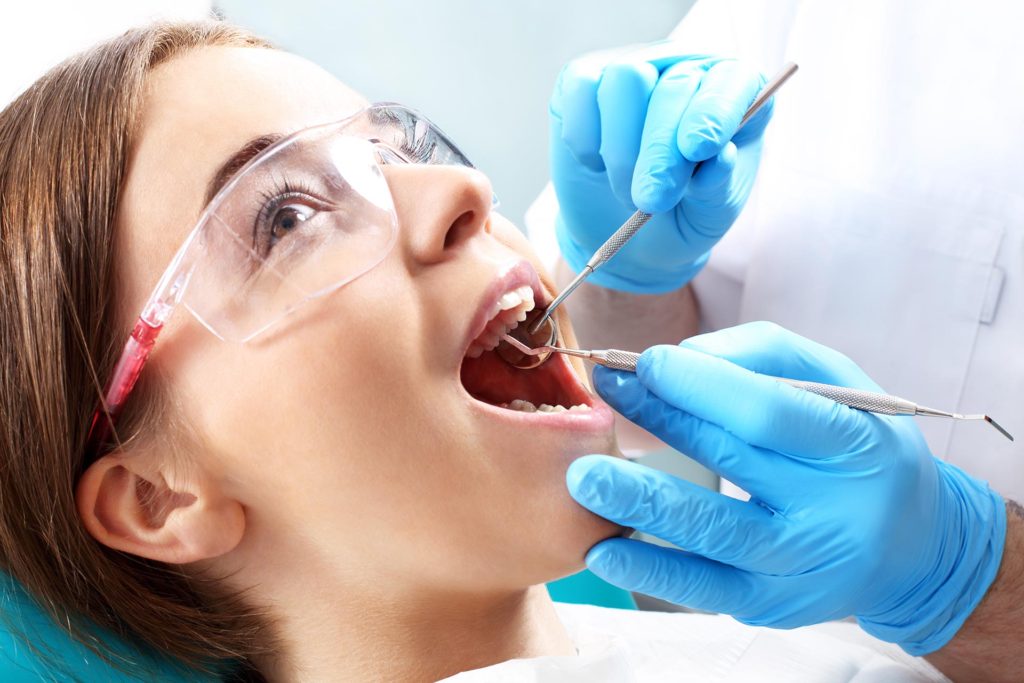
Mouthrinse or mouthwash is an antimicrobial, antibacterial or antiseptic liquid with active ingredients used in oral care by removing plaque and bacteria on teeth, gums and tongue. Mouthwashes are beneficial when used correctly, but can also cause serious harm when used incorrectly.
In general, they are classified as cosmetic mouthwash used to mask bad breath, cosmetic mouthwash used for fresh breath and therapeutic mouthwash used to solve a specific problem. There are alcoholic, non-alcoholic and acidic, alkaline varieties with different pH levels.
Mouthwash types are sold with or without a prescription. Children under 6 years of age are not recommended for use as there is a possibility of poisoning by swallowing the liquid. It is also not recommended for expectant mothers and nursing mothers to use mouthwash.
Cosmetic mouthwashes are only used to obtain fresh breath by temporarily masking bad breath, as they do not create a chemical or biological interaction in the mouth.
Therapeutic mouthwashes are used to prevent plaque, bad breath, mouth sores, gum disease and to reduce or control tooth decay. Especially in the use of therapeutic mouthwashes containing active ingredients, the dose, frequency and duration of residence in the mouth are effective in the benefit-harm balance of the mouthwash.
In therapeutic mouthwashes, active ingredients such as cetylpyridinium chloride are used to prevent bad breath, chlorhexidine to prevent plaque and gum diseases, fluoride to reduce caries by strengthening tooth enamel, peroxide to whiten teeth and essential oils for gum infections.
Active ingredients disrupt the oral microbiome and cause the destruction of bacteria that prevent the spread of harmful bacteria and are beneficial for tooth and gum health. This leads to an increased risk of tooth decay, gum disease and even cardiovascular disease.
Mouthwashes with variable ingredients manufactured by different manufacturers may not be suitable for everyone. Some people may develop allergic reactions due to the active ingredients they contain. Since it can destroy beneficial bacteria as well as harmful bacteria, it is recommended to use it to the appropriate extent. For these reasons, after the oral health examination, the dentist recommends mouthwash suitable for the oral and body health of the person.
When choosing mouthwash, the dentist evaluates the conditions of the patients such as pH balance in the mouth, tooth or gum infections, dental calculus, bacterial formation on the tongue, faulty or inadequate dental restorations, use of braces, nutrition and care habits.
The mouthwash is taken into the mouth with the designated scale for 30-60 seconds, rinsed without swallowing and then spat out. If rinsing is recommended in the instructions for use of mouthwash, it is done. It is recommended to stop eating and drinking for half an hour after gargling.
Mouthwashes of various colours often contain artificial food dyes. Various diseases associated with artificial food colours are also disadvantages of mouthwash use.
Alcoholic mouthwashes cause dry mouth due to decreased saliva, mouth sores, bad breath and faster discolouration of the teeth due to the removal of the protective layer on the teeth and gums.
While many mouthwashes have acidic properties with a pH level below 5.5, there are mouthwashes with alkaline properties up to 9. Acidic mouthwashes cause demineralisation of the teeth and accelerate the formation of caries. The use of alkaline mouthwash is recommended as it is safer.
Tooth brushing and flossing, which are indispensable and routines of oral care, provide many benefits for oral and general health. Mouthwash is known to be less useful in removing plaque and bacterial formations in the mouth. However, the benefits of mouthwash are more apparent, especially in areas in the mouth that cannot be reached by brushing and flossing. It may be necessary to use mouthwash before or after brushing, depending on the possibility that the compound structure of the toothpaste used may react with the mouthwash.





